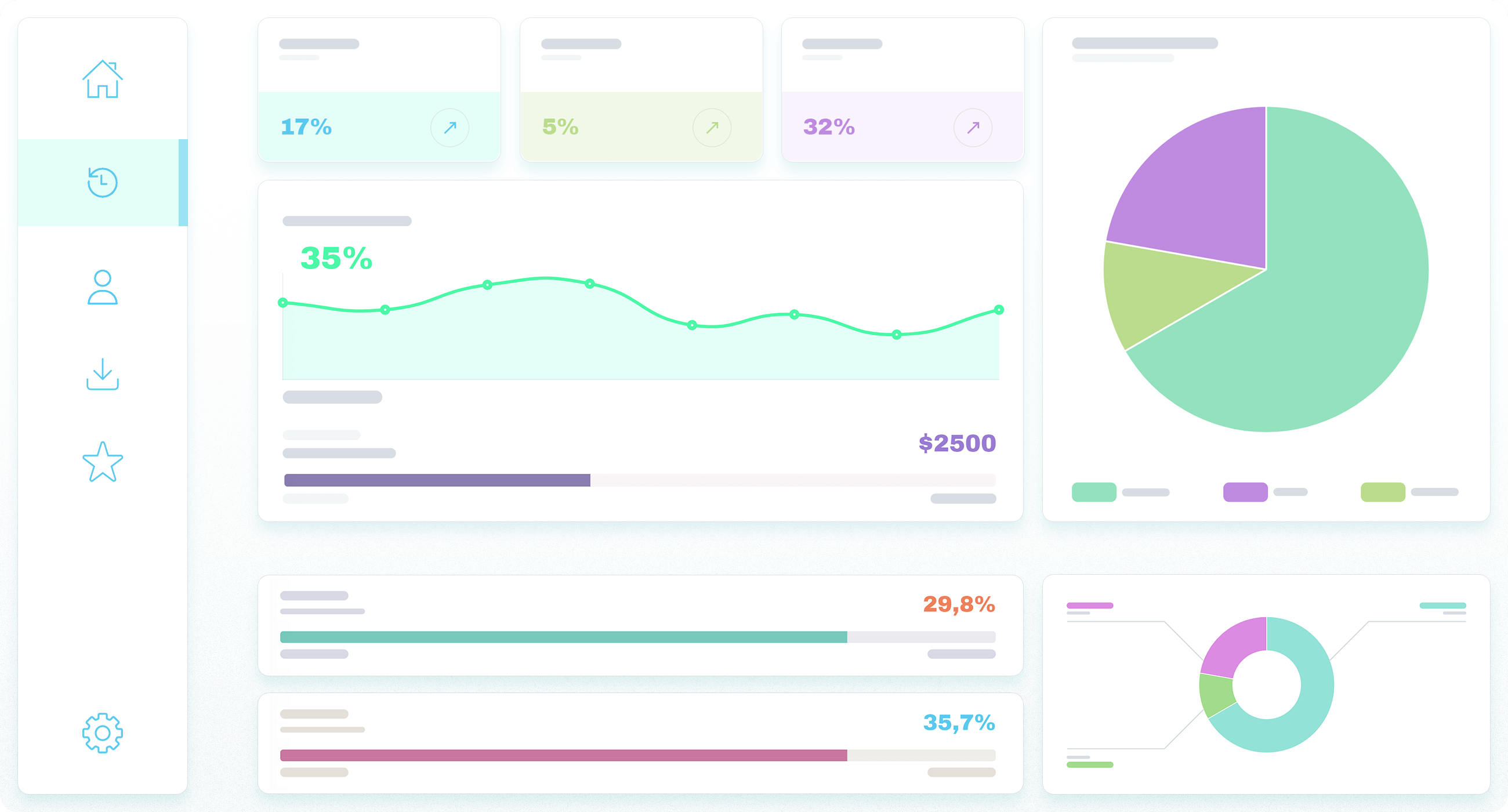Advancing Aquatic Science for Thriving Ecosystems
Why Partner with AMSTAT Consulting for Aquatic Science?
With a team of biologists, ecologists, and environmental scientists, we bring deep expertise and a commitment to preserving aquatic life. Our approach is rooted in rigorous science, innovative solutions, and sustainable practices to benefit ecosystems and communities.
Collaborative Solutions for Sustainable Aquatic Management
Practical aquatic science requires collaboration. We work closely with stakeholders, regulatory agencies, and local communities to create solutions that balance environmental, social, and economic needs. We help foster resilient, healthy aquatic ecosystems by building partnerships and sharing knowledge.
How AMSTAT Consulting Makes a Difference
- Informed by Research: We stay at the forefront of aquatic science, applying the latest research and best practices to every project.
- Data-Driven Decision Making: Our approach combines comprehensive field data with advanced analytics to support science-based decisions.
- Customized Solutions: Every ecosystem is unique, and our solutions are tailored to meet the specific needs of each habitat and community.
- Commitment to Conservation: We prioritize sustainable practices that protect and enhance aquatic resources for future generations.
Explore the Future of Aquatic Science with AMSTAT Consulting
From habitat restoration to water quality improvement, we’re dedicated to advancing aquatic sciences for healthier, more resilient ecosystems. Contact us today to learn how our fish and aquatic sciences expertise can support your conservation or project goals.
OUR CUSTOMERS LOVE US!
CONTACT US FOR FREE CONSULTING
Phone Support: +1 (650) 460-7431
Email: info@amstatisticalconsulting.com
24/7 Chat Support: Immediate assistance via our chat icon in the right corner of our website
Visit Us
2100 Geng Road, Suite 210, Palo Alto, CA 94303
Your confidentiality is our priority. Non-disclosure agreements are available upon request.
Habitat Restoration and Conservation
We design and implement effective habitat restoration strategies that enhance ecosystems for fish and aquatic species. Our science-based approach ensures habitats are sustainable and resilient against environmental pressures.
Species Monitoring and Management
With a keen understanding of species behavior and life cycles, we conduct detailed monitoring to assess population health, migration patterns, and environmental impacts. This information supports balanced, informed management plans prioritizing ecological needs and human interests.
Impact Assessment and Mitigation
We evaluate how projects and activities impact aquatic ecosystems and develop targeted mitigation plans to protect species and water quality. Our assessments meet regulatory standards and support responsible, sustainable project development.
Aquatic Resource Modeling
Using cutting-edge modeling tools, we simulate various scenarios to predict ecosystem responses to different management practices, climate variables, and conservation efforts. These insights are invaluable for long-term planning and resilience building.
Water Quality Analysis
Ensuring clean, healthy water is crucial for aquatic life. We assess water quality across multiple parameters, identifying factors influencing ecosystem health and helping maintain the standards necessary for thriving aquatic habitats.
RECENT PROJECTS
Chemical Exposure Risks
The EPA and the SC Johnson manufacturer faced a critical challenge: assessing the efficacy and safety of insect repellent products containing Picaridin and PMD (p-Menthane-3,8-diol) for consumer use. They needed reliable data to determine how well these products protected users from mosquito bites and evaluate the potential chemical exposure risks associated with repeated topical application. […]
Inhalation Toxicity
The EPA had growing concerns about the acute inhalation toxicity of acrolein, a chemical commonly released during combustion processes and prevalent in various industrial environments. Known for its potential adverse effects on respiratory health, acrolein poses a risk to workers and the general population. However, there was limited data on its acute effects at various […]
Chemical Exposures
The EPA approached us with a critical concern: workers in industrial and janitorial settings could face significant health risks from exposure to antimicrobial solutions used during immersion, dip, and soak (IDS) tasks. These chemicals, essential for maintaining hygiene in high-risk environments, posed unknown risks when workers were exposed to them regularly. The client needed a […]













